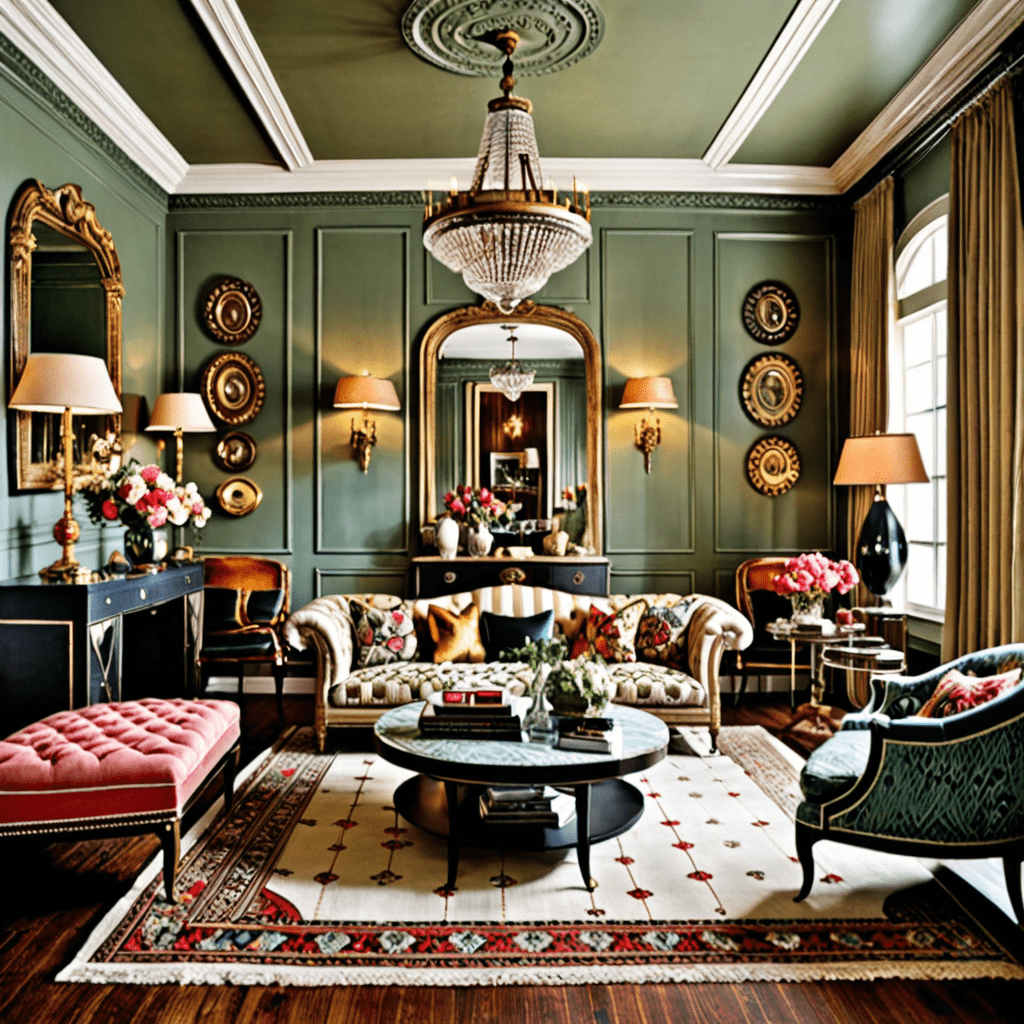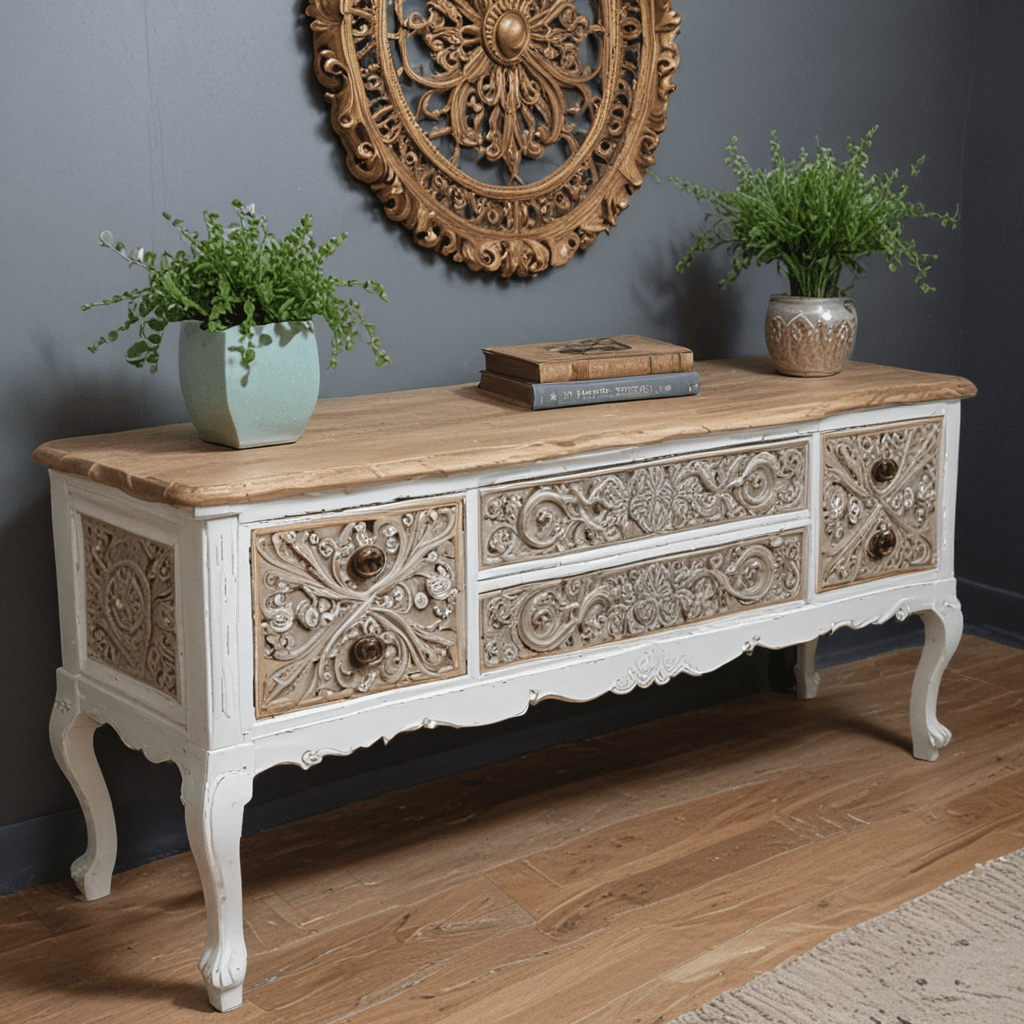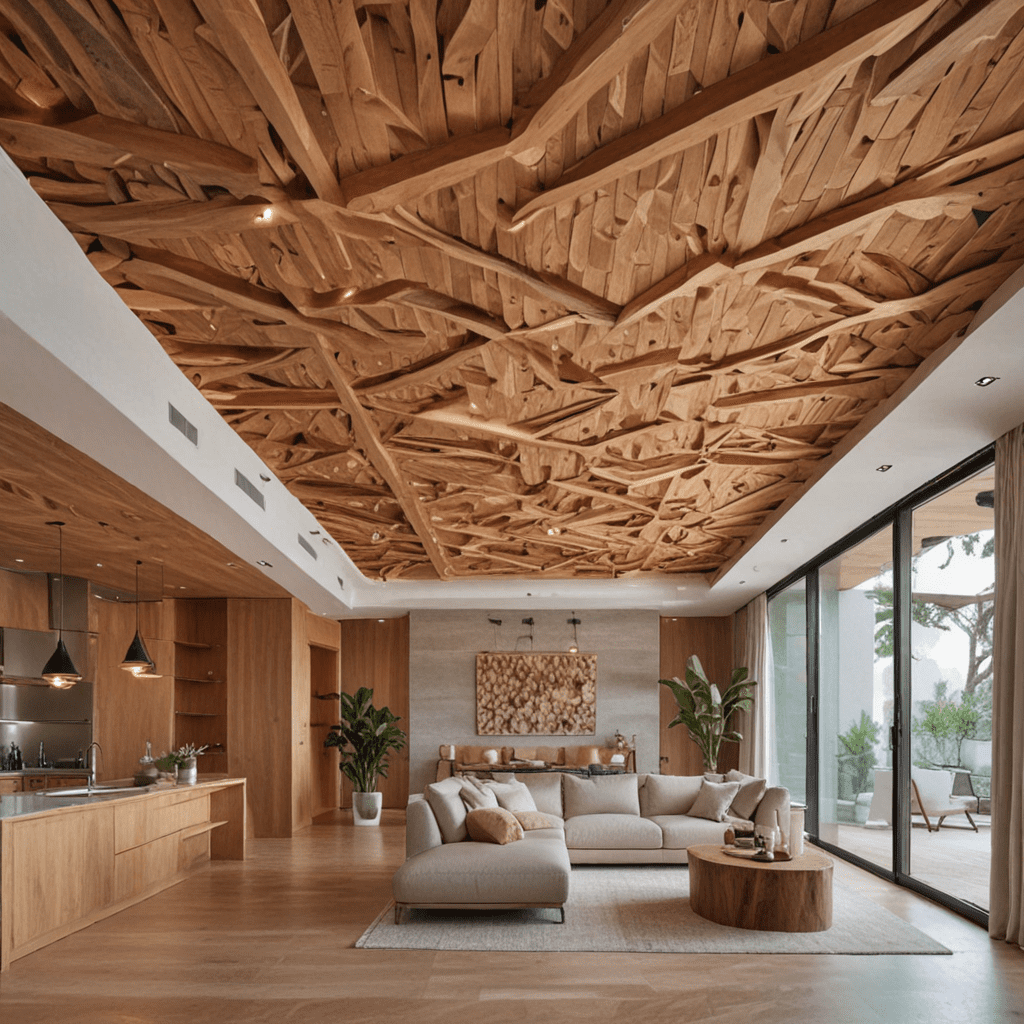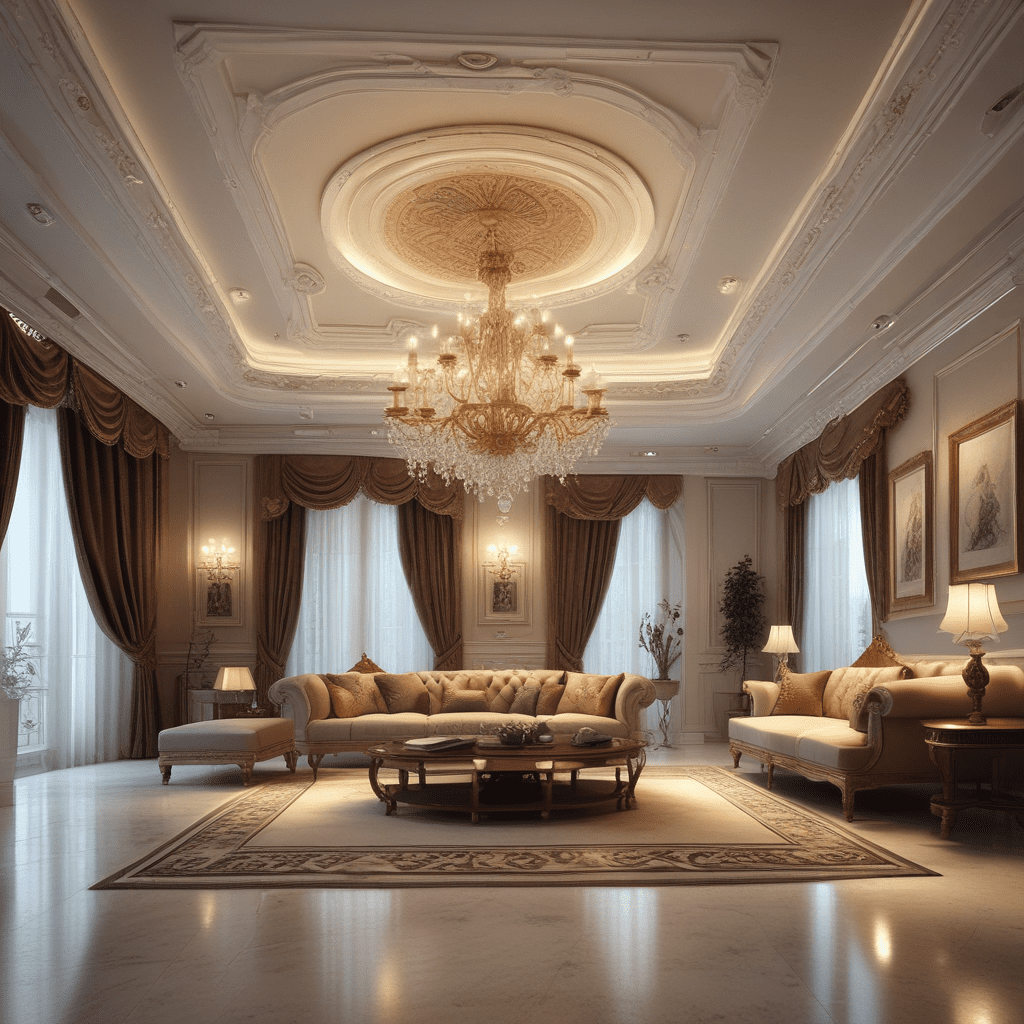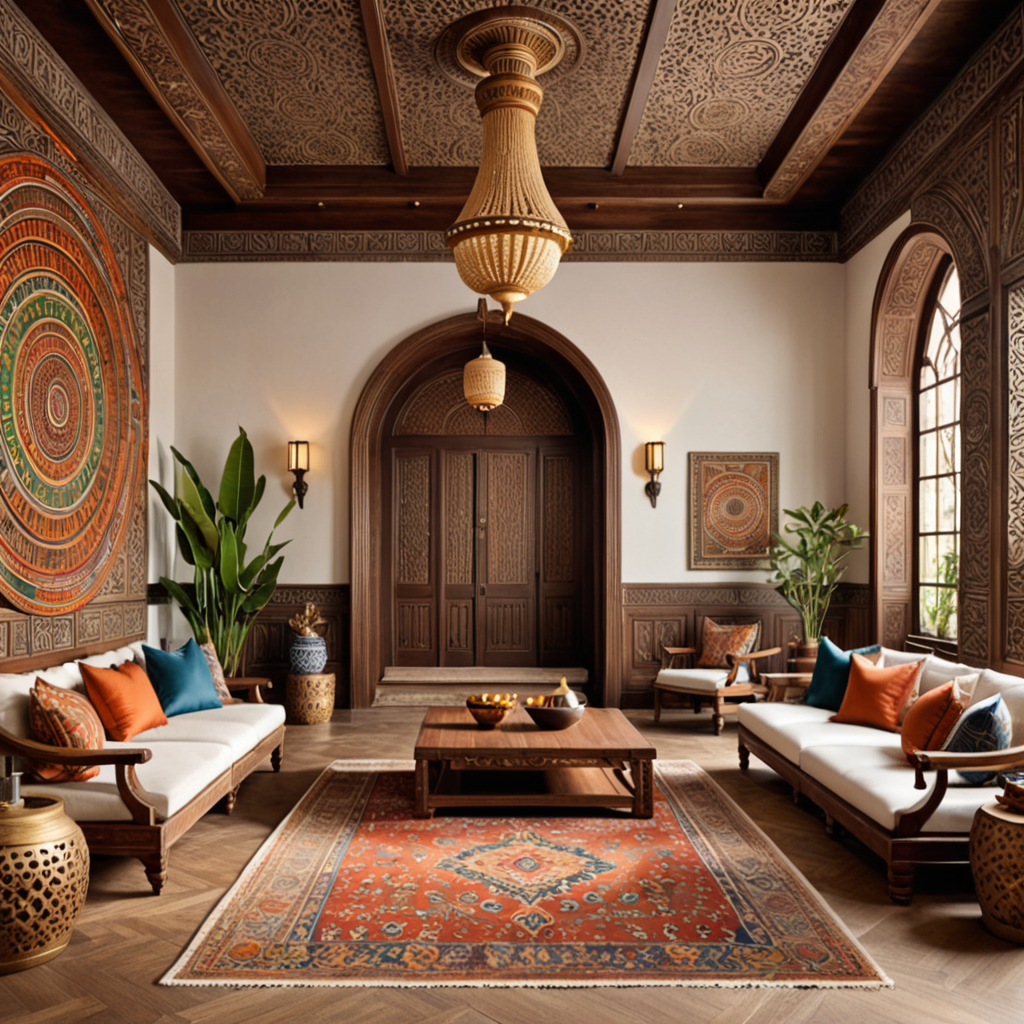„Mastering Contrast: Elevating your Interior Design with Striking Combinations”
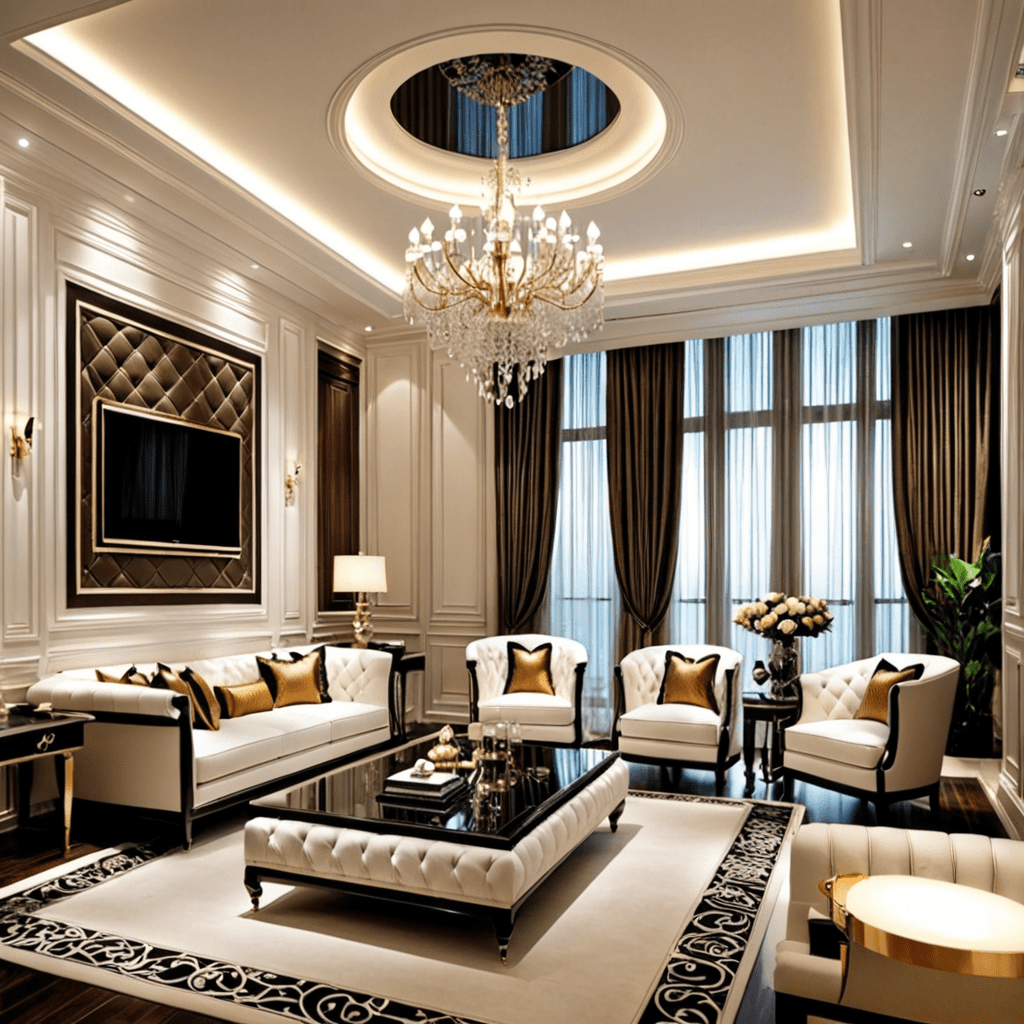

Mastering Contrast: Elevating your Interior Design with Striking Combinations
The Power of Contrast
Contrast is a fundamental principle in interior design that can transform a space from ordinary to extraordinary. By skillfully combining elements with opposing qualities, you can create visual interest, highlight focal points, and evoke different emotions. In this article, we will explore the various ways to incorporate contrast into your interior design to create stunning and captivating spaces.
Colors and Textures
One of the most effective ways to introduce contrast in interior design is through the use of colors and textures. Pairing light and dark hues or rough and smooth textures can instantly add depth and visual intrigue to a room. Consider using complementary colors or high contrast combinations like black and white for a striking effect.
Lighting and Shadow
Lighting plays a crucial role in highlighting contrast within a space. Strategically placed lights can create shadows and emphasize different areas, adding depth and dimension. Adjustable lighting fixtures allow you to control the intensity and direction of light, enabling you to create dramatic contrasts or subtle highlights.
Furniture and Accessories
Contrasting furniture and accessories can add personality and visual interest to a room. Mixing different styles, materials, or colors can create a dynamic and eclectic look. Consider pairing sleek, modern furniture with vintage or rustic elements for an unexpected and stylish contrast.
Spatial Contrast
Spatial contrast refers to the arrangement and placement of objects within a room. By grouping objects of varying sizes or heights, you can create a sense of balance and harmony. Combining different scales can also draw attention to specific areas or architectural details, adding a touch of drama to your design.
Using Contrast for Different Styles
The use of contrast can be adapted to match various interior design styles. Traditional designs often incorporate contrasting colors, textures, and patterns to enhance the richness and elegance of a space. Modern or minimalist styles, on the other hand, may focus more on contrasting materials and forms to create a clean and refined look.
FAQ
1. What are some common color combinations for creating contrast?
Some popular color combinations for creating contrast include black and white, warm and cool tones, complementary colors like blue and orange, and monochromatic schemes with a pop of vibrant color.
2. How can I introduce contrast without overwhelming the space?
Start by selecting one or two areas or elements to focus on for contrast, such as a feature wall or a unique piece of furniture. Gradually introduce contrasting elements in a balanced way to ensure they enhance the overall design without overpowering it.
3. Can I use contrast in small spaces?
Absolutely! In fact, using contrast in small spaces can create the illusion of depth and make the area appear larger. Opt for lighter colors paired with darker accents, incorporate mirrors to reflect light, and play with textures to add visual interest.
4. How can lighting contribute to contrast in interior design?
Lighting can dramatically enhance contrast in interior design. By strategically illuminating certain areas or objects, you can create shadows and highlights that accentuate the contrasting elements. Wall sconces, pendant lights, and directional spotlights are great choices for achieving this effect.
5. Are there any guidelines for using contrast in open floor plans?
In open floor plans, using contrast can help define different zones and create a sense of visual separation. Consider using contrasting colors or materials for flooring, using furniture groupings to create distinct areas, and incorporating different lighting techniques to delineate each space.
